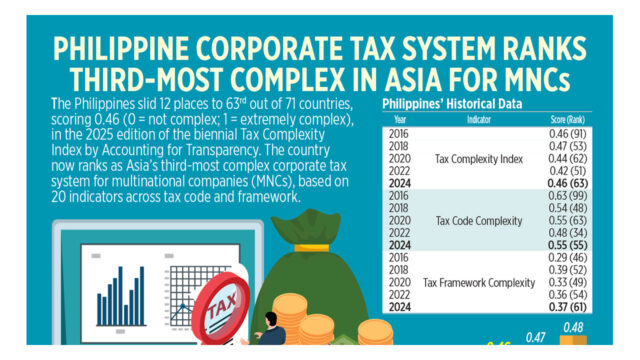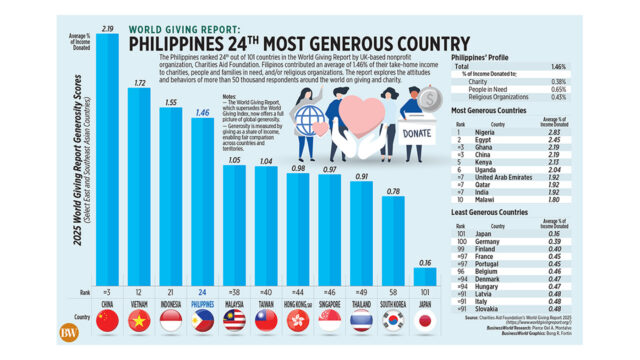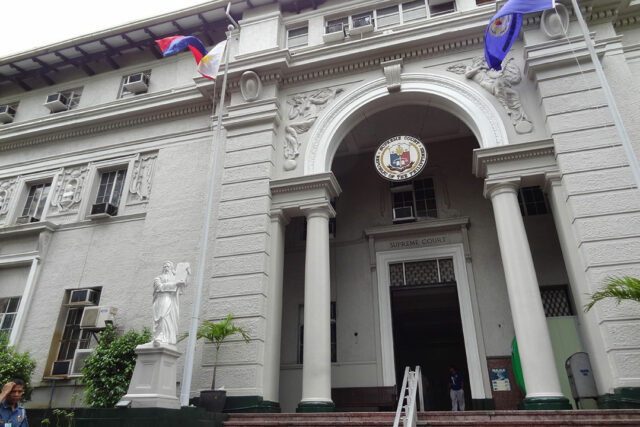Ever since Sam Altman, CEO of OpenAI, which owns ChatGPT, said “API is the secret sauce for every innovator,” APIs have felt like the hidden engines behind all the cool tech we use today. That phrase stuck with me. It’s simple and true. APIs — application programming interfaces — let different software pieces talk to each other. They’re like a waiter at a restaurant, taking your order, passing it to the kitchen, and bringing back your meal. In tech terms, that meal could be data, functionality, or a service like chatbots, maps, payments…everything.
APIs have been around for a while, but they’re now only getting the spotlight that AI has hogged. Artificial intelligence is shiny, dramatic, and noisy. It’s chatbots, image generators, and autonomous cars. Everyone wants to talk about AI. But I see something quieter and equally important. APIs are the plumbing that makes AI work in the real world. Without them, AI stays in labs and demos.
People often mistake APIs for a tech buzzword. That’s because they’re invisible. They don’t wow with flashy tricks. You don’t hold an API in your hand or see a cool logo, but businesses live and die by them. You want to accept payments online? You use a payment API. You need weather data in your app? There’s a weather API. You want to add AI-powered summaries to your blog? Yep, you guessed it: API.
What makes APIs future-proof is flexibility. When I build something, I don’t need to reinvent the wheel. I can plug in to existing APIs to add features instantly. It’s like building a house from pre-fabricated rooms. You combine what’s already working. It’s efficient. It’s smart. And developers love it because they get to focus on what makes their idea unique, not rebuilding routine parts.
The “secret sauce” phrase Altman used shines because AI depends on APIs, too. AI models are big and complex. You don’t download them to your phone — you call them through an API. Each prompt you send is a request. You hear a response. Behind the scenes, that API is doing a ton of magic. And every time, that magic gets better — like more accurate answers — every service using the API also gets better. Altman explained this in London: improving one central model lifts “the whole world of products and services” built on that API.
But there’s more. APIs don’t just feed data. They allow different services to build ecosystems. Look at ride-hailing apps: they rely on map APIs, messaging APIs, payment APIs, even AI APIs for route suggestions. Each one is like a Lego block, and together they build something powerful. If one block improves, the whole thing gets better. That kind of composite value makes APIs a cornerstone of modern innovation.
However, APIs aren’t a cure-all. They need proper care. If APIs change unexpectedly, your app breaks. If the service stops existing, your feature disappears. If pricing goes up, your costs go up. Companies using APIs need contract clarity — what happens if the API changes? They need monitoring so they catch errors fast. And they still need backup plans. No matter how great the API, you can’t build everything on air.
But the benefits often outweigh the risks. APIs speed things up. They reduce costs. They foster collaboration because teams, even companies, can plug into each other instead of working in silos. That collaboration drives innovation faster than anyone working alone.
I see APIs shifting business strategies, too. Before, tech parks used to focus on building big, global products. Now, local developers use APIs to launch small, targeted tools for their community, like local events apps, neighborhood marketplaces, or hyperlocal news bots powered by AI APIs. That’s a healthy shift. Innovation is spreading.
APIs also force more modular thinking. When you design systems around APIs, you think: “This component does this. That component does that.” It’s a clean way to build. It creates accountability too. If something goes wrong, you know exactly where to look. Modular systems are easier to maintain, upgrade, or replace piece by piece. APIs encourage that mindset.
I talked with a startup founder recently. They wanted to use AI to analyze customer reviews and generate insights. I asked if they had clean data and a workflow to gather reviews. They didn’t. They wanted AI first. I told them that AI needs structure. You can’t just pour data in — you need APIs to collect, clean, and format data, then feed it into AI. Otherwise, the output will be messy. APIs are the foundation beneath shiny tools.
Politically, APIs allow smaller players to compete with big tech. You don’t need a giant team or billions in investment. You need the right API for the right problem. Governments are even opening APIs for public data — transport, health stats, weather. It means civic and social innovation can happen fast, even without massive budgets.
Creative industries benefit too. Media, art, music apps can tap into APIs for recommendations, editing, translation, or even AI content generation. A photographer can add AI-powered color grading to an app with a couple of API calls. A musician can analyze chord progressions. It’s democratizing tools that used to be behind paywalls or big budgets.
So when Altman called APIs the secret sauce, he didn’t mean tech jargon. He meant APIs unlock innovation. They let builders focus on creativity. They link tools together. They make every improvement useful for everyone.
I know people are excited about AI — and rightly so. But AI alone isn’t futureproof. The real future is AI served through stable, accessible APIs. That’s how innovation scales. That’s how startups grow. That’s how companies build smarter services without starting from zero.
APIs are quiet, but powerful. They’re the nuts, bolts, and wiring of the digital world. With APIs, today’s startup can stand on the shoulders of giants. Tomorrow, a new giant might stand on today’s startup. That cycle is what Altman sees — and what is changing how we build everything. APIs are the force multiplier. They’re not just interfaces — they’re the infrastructure of the next tech wave. And that’s why they’re the future.
The views expressed herein are his own and do not necessarily reflect the opinion of his office as well as FINEX.
Reynaldo C. Lugtu, Jr. is the founder and CEO of Hungry Workhorse, a digital, culture, and customer experience transformation consulting firm. He is a fellow at the US-based Institute for Digital Transformation. He teaches strategic management and digital transformation in the MBA Program of De La Salle University. The author may be e-mailed at rey.lugtu@hungryworkhorse.com





















